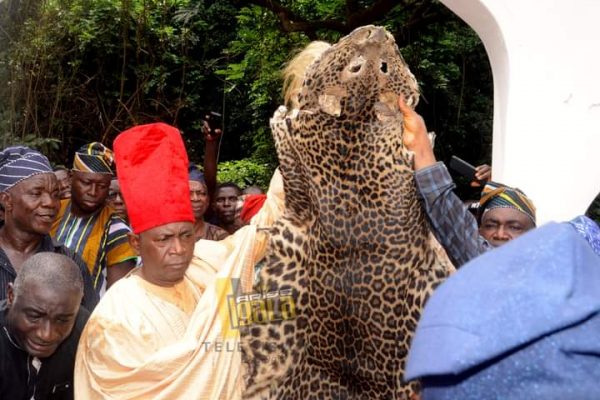The Mandrake tree, known as ‘Ólíná’ in Igala language, holds a mystical reputation as one of the most famous magical plants in the forest. It has numerous ritualistic, medicinal and other applications. In traditional medicine, it is utilized for treating a wide range of ailments including arthritis, bone pains, eye diseases, and even snake bites (See details of ailments in my book, An Igala-English Dictionary Lexicon).
Mandrake, apart from its medicinal value, also contains aphrodisiac properties, whilst enhancing fertility. Genesis 30: 14-16, narrates the story of Rachel who recommended Mandrake roots to her husband, Jacob, which facilitated Leah’s pregnancy and she gave Jacob her fifth and sixth sons. During the Middle Ages in Europe, the Mandrake was worn as an amulet believed to attract love, ward off diseases and protect the individual against demonic attack. It was also regarded as a potent symbol against evil spirits, often used to bring prosperity and happiness to homes.
The Mandrake is notable for its humanoid root structure, which resembles male and female forms. Legend has it that when uprooted, the root emits cries that can cause madness or death to those who hear it, depending on the age of the plant. At night, it is said to glow like a lamp, adding to its mystical allure.
Local beliefs among the Igala people describe the Mandrake as an “ólí ùbàìlò” (dreadful tree), emphasizing its extraordinary nature. Its presence in the forest keeps the surrounding area clean, as other plants dare not grow near it. Dropping its leaf on a river causes it to float upright with the current, a phenomenon noted in local folklore.
Despite its magical reputation, all parts of the Mandrake are poisonous and can induce severe hallucinations, delirium, and coma if ingested in large amounts. Harvesting it is considered risky due to its toxicity; traditionally, any part obtained is submerged in swamp water and soaked in palm oil to neutralize its harmful effects.
In Igala herbal practices, the Mandrake remains a symbol of both fascination and caution, embodying a potent blend of folklore and practical medicinal use.








